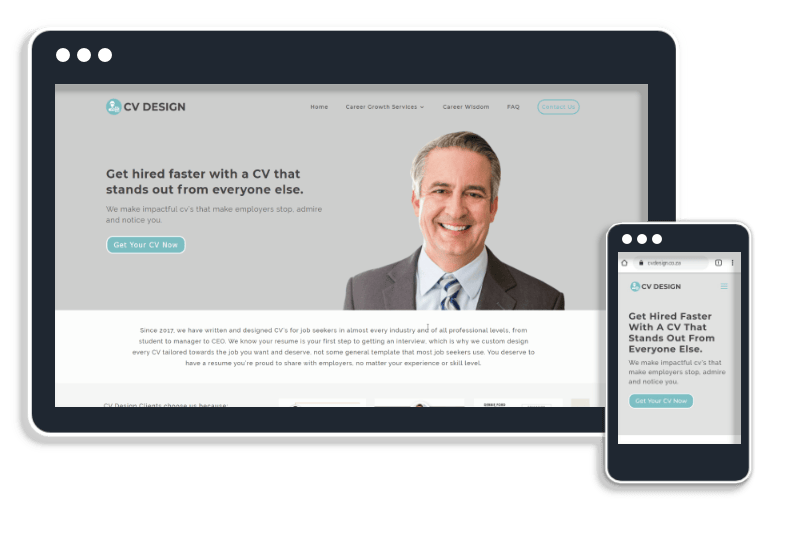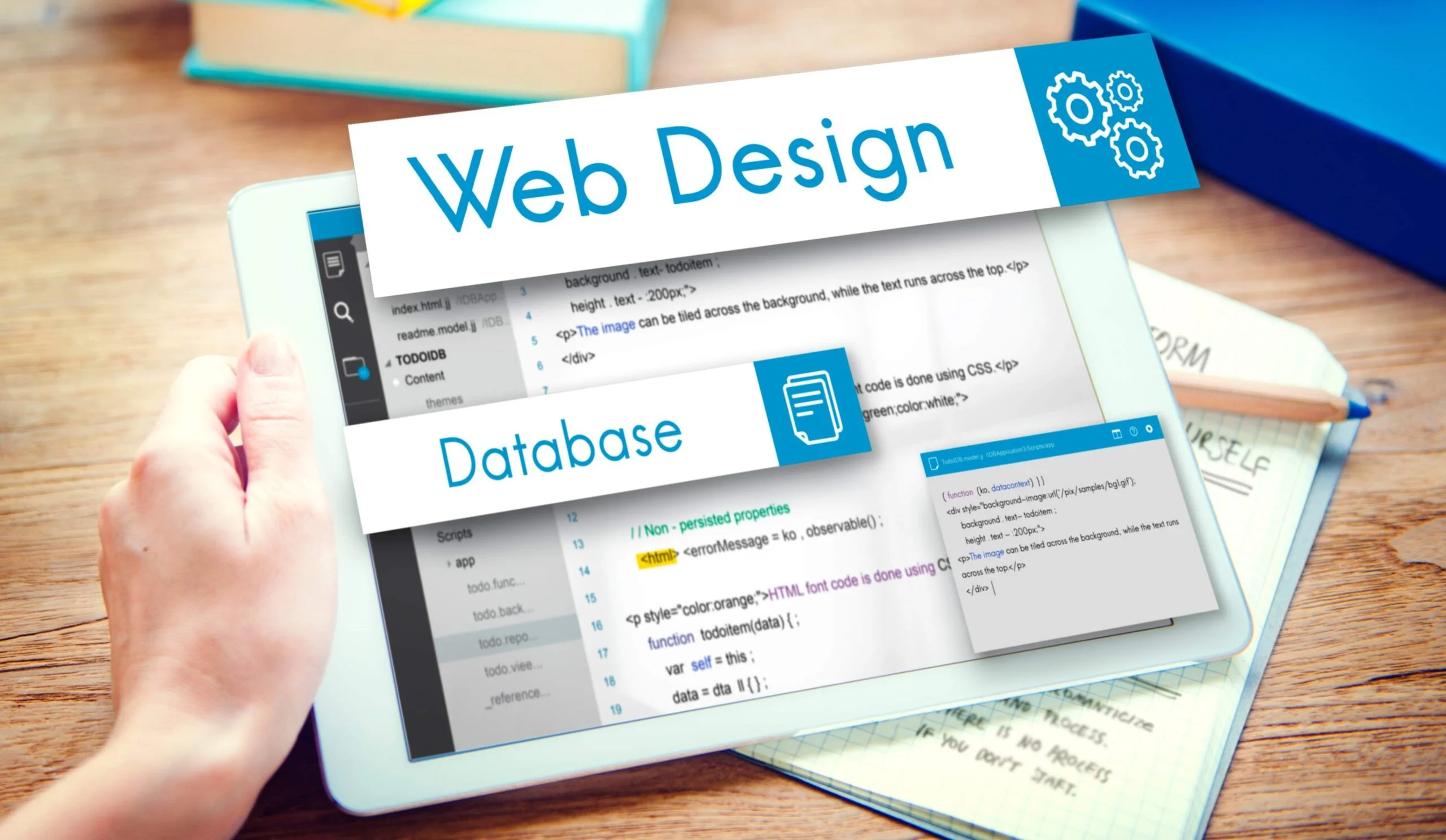The Total Guide to Searching For Top Providers in Web Design Pretoria
Finest Practices for Developing User-Friendly Internet Design
In the ever-evolving landscape of web style, establishing an user-friendly user interface is paramount for engaging audiences and driving conversions. As we discover these foundational principles, it ends up being clear that effective individual experience style not just satisfies individual assumptions but additionally sets the phase for much deeper engagement.
Simplify Navigating
A streamlined navigation system is necessary for boosting customer experience on any type of site. Efficient navigating allows users to find the details they seek swiftly and easily, consequently minimizing aggravation and raising the probability of engagement. A clear format that classifies material rationally is extremely important; customers need to with ease understand where to click for specific details.
Employing a basic top-level navigating bar, matched by drop-down menus for subcategories, help in maintaining an organized structure. It is vital to limit the number of main navigation web links to stay clear of overwhelming individuals; typically, 5 to seven alternatives are ideal. Furthermore, utilizing descriptive labels improves quality, making it possible for individuals to discern the material of each section at a glimpse.
Incorporating a search function better enriches the navigation experience, especially for content-rich sites. When looking for details details, this attribute empowers users to bypass conventional navigation courses. Additionally, consistent layout components across all pages strengthen knowledge, permitting users to browse with self-confidence.
Enhance for Mobile

First of all, adopt a responsive style strategy that instantly readjusts the design and material based on the screen dimension. This flexibility ensures that individuals have a constant experience across gadgets. Next off, prioritize touch-friendly user interfaces by making certain switches and web links are easily clickable, decreasing the requirement for zooming.
Additionally, take into consideration the significance of succinct material presentation. Mobile users typically look for quick information, so employing strategies like collapsible menus or accordions can enhance functionality without overwhelming the user. In addition, guarantee that typefaces are legible, and photo sizes are maximized for faster loading.
Lastly, examination your site on different mobile phones and running systems to identify prospective issues. By addressing these elements, you will develop an instinctive mobile experience that maintains customers engaged and urges them to explore your offerings even more - Web Design Pretoria. Prioritizing mobile optimization is vital for achieving an easy to use internet design in an increasingly mobile-centric globe
Enhance Loading Rate
Packing rate is a vital variable that can considerably impact user satisfaction and involvement on an internet site. Researches indicate that users expect pages to pack in two secs or less; beyond this limit, the probability of abandonment increases dramatically. Therefore, enhancing packing rate is vital for retaining visitors and enhancing total site performance.
To improve filling speed, several finest techniques should be implemented. In addition, leverage internet browser caching to keep duplicates of data in your area, allowing faster load times for returning visitors.

Use Regular Layout Components
Developing a natural visual identity is essential for boosting individual experience on a website. Regular layout aspects, consisting of color pattern, typography, switches, and design structures, develop a unified look that helps customers navigate effortlessly. When customers run into familiar patterns and styles, their cognitive tons is reduced, permitting them to concentrate on material rather than decoding differing layout facets.
Using a Learn More Here standard shade palette reinforces brand name recognition and cultivates a psychological link with customers. Likewise, keeping regular typography-- such as font styles, sizes, and weights-- makes sure readability and contributes to a refined appearance. Furthermore, uniform switch styles and interactive elements lead customers intuitively with the site, boosting use.
Additionally, a natural design helps develop an organized flow of info, making it less complicated for individuals to situate and absorb content. Each web page ought to reflect the very same layout principles to avoid complication and disorientation.
Prioritize Availability
A natural aesthetic identity not only improves navigation however likewise sets the phase for focusing on access in internet design. Access guarantees that all users, including those with handicaps, can communicate and navigate with an internet site properly. To achieve this, web designers have to stick to established standards, such as the Web Web Content Accessibility Standards (WCAG)
Executing attributes like alt text for photos, key-board navigability, and proper shade comparison can considerably boost the customer experience for people with aesthetic, acoustic, or cognitive impairments. It is important to utilize semantic HTML to structure content logically, allowing assistive modern technologies to analyze and share information precisely to users.
Moreover, giving numerous methods of involvement-- such as text options for audio and visual material-- can deal with diverse individual requirements. Routine functionality screening with individuals that have specials needs can discover prospective obstacles that might not be immediately apparent during the layout stage.
Inevitably, focusing on ease of access not only adheres to lawful standards but additionally widens the potential target market, fosters inclusivity, and enhances total site use (Web Design Pretoria). By embedding ease of access into the design process, great site programmers can develop a much more equitable digital landscape for every person
Final Thought

As we explore these foundational concepts, it comes to be clear that effective user experience style not just fulfills customer expectations but also sets the phase for much deeper involvement. Mobile customers frequently seek quick info, read this article so using strategies like retractable food selections or accordions can boost usability without overwhelming the user. When users come across acquainted patterns and designs, their cognitive tons is reduced, enabling them to focus on material rather than understanding differing layout facets.
In recap, carrying out finest practices for user-friendly web design significantly enhances the total customer experience. Sticking to these standards promotes a favorable connection in between individuals and digital systems, eventually advertising individual fulfillment and retention.